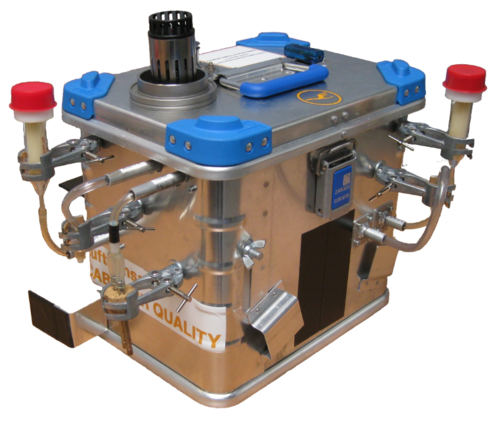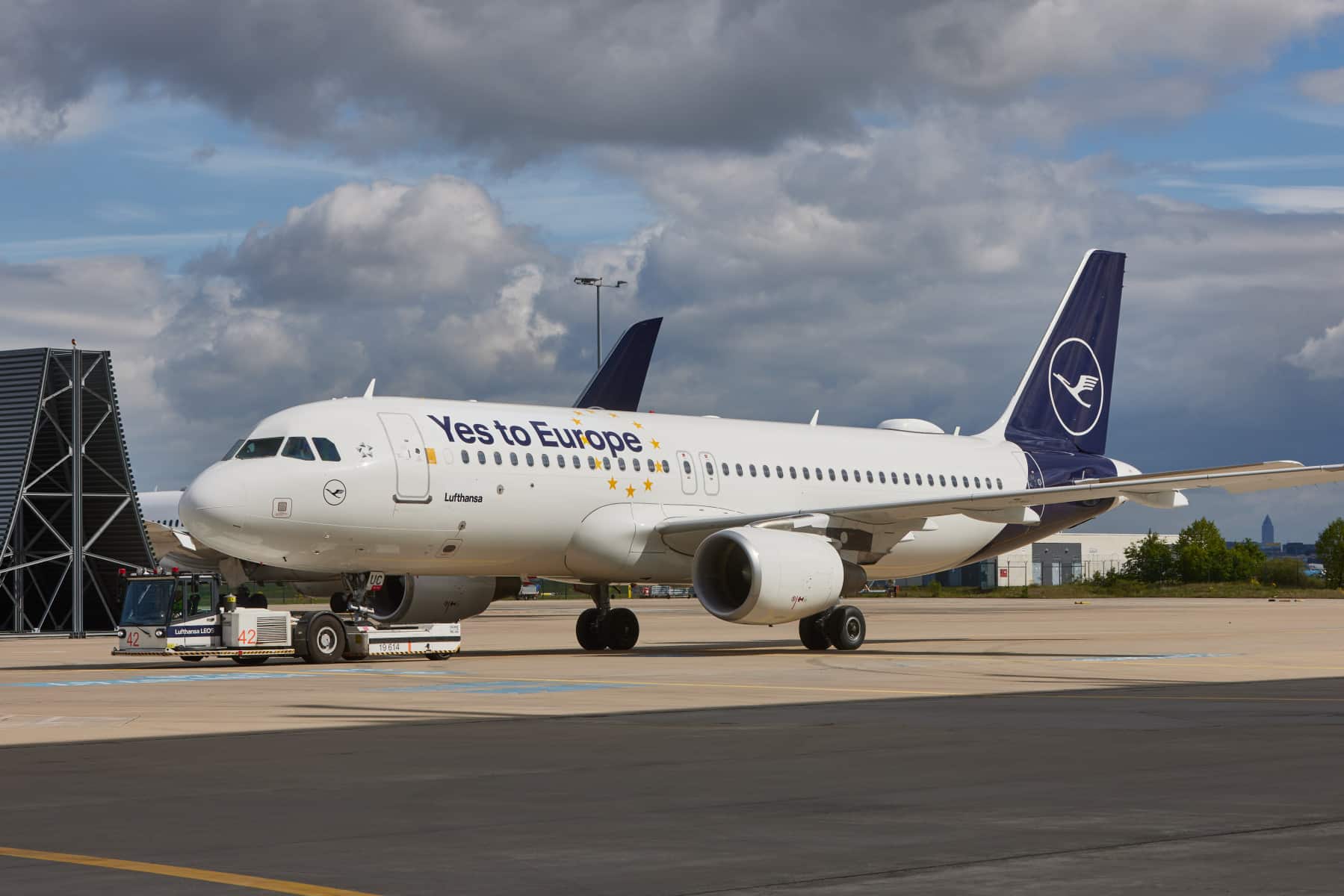Measurements extended to Airbus A321 (Lufthansa short-haul), tests on Airbus A380 show no pollutants
After carrying out an extensive series of cabin-air tests on its Airbus A380 aircraft, Lufthansa is now extending the study to its short-haul model, the Airbus A321. Hanover Medical School (MMH) will remain the scientific partner. The programme was launched on the Frankfurt–Marrakesh route: it runs until March next year and comprises air measurements on a total of 44 flights within Europe. “We have been committed to cabin-air quality for many years – there is no other airline in the world that addresses this topic as thoroughly and consistently as we do. The measuring kit developed jointly by Lufthansa Technik and Hanover Medical School enables us to take a completely new approach,” says Kay Kratky, member of the Lufthansa German Airlines Board and responsible for Operations and the hub in Frankfurt.
The test series in the cockpit of the Airbus A380 included some 800 hours of measurements, and confirmed that there was “no noticeable chemical pollution”. Even when unusual odours were reported, no trace of air pollution could be measured. Neither national nor international limits concerning air quality in enclosed rooms and workplaces were exceeded on board. All the relevant measurements collected in regular flight operations were mostly substantially below these limits. There was no trace of the neurotoxin ortho-tricresyl phosphate (o-TCP). “Altogether the concentration of organophosphates was very low,” sums up Wolfgang Rosenberger from the Institute for Occupational and Environmental Medicine at MMH. “I should emphasise that we carried out a congener-specific analysis for precisely those TCPs contained in jet engine oil. Out of the ten possible TCP isomers, we didn’t see any of the ortho-TCP considered to be neurotoxic, and that was with a detection threshold of less than 1 ng/m³ (1 nanogramme (ng) = 1 billionth of a gramme = 10-12 kilogrammes). Even if that sounds a bit complicated, it’s important to explain, because reports in the media have so far paid very little or no attention to this aspect, which is particularly important from a toxological perspective. People often only talk about TCP, and from a regulatory point of view at least that is not only wrong, but also disconcerting,” explained Rosenberger. Of course, the sensitive measuring equipment was able to identify isolated odours, he added; following the use of disinfectant wipes, for example, or if other aircraft were taxiing up ahead.

Generally speaking, the measurement kit identifies and quantifies around 200 substances that may be in the cabin air. A data logger continuously records climate data for a general description of the cabin air, such as temperature, air pressure and humidity, while an aerosolspectrometer measures dust levels. Other components of the measuring kit serve to track carbon dioxide, carbon monoxide, ozone and volatile organic compounds (VOC). Samples are also actively taken and then analysed in a laboratory, using isotope dilution analysis, for instance, in order to examine more than 150 VOC as well as 15 other aldehydes, such as formaldehyde, acetaldehyde and hexanaldehyde and 19 organophosphates such as TCP. Furthermore, a screening analysis was used to identify unknown substances in the cabin air.
The measurement kit is installed in the cockpit during the flight, but the same air is supplied throughout the aircraft cabin, so the measurements are representative of overall air quality in the aircraft.
Lufthansa press release, 20/11/2014, Lufthansa.com



